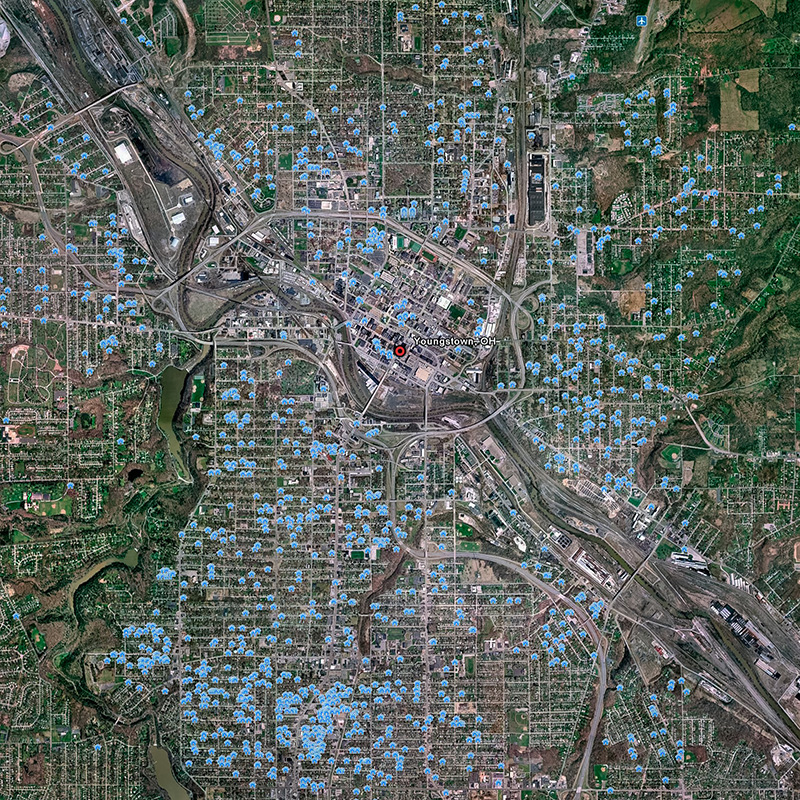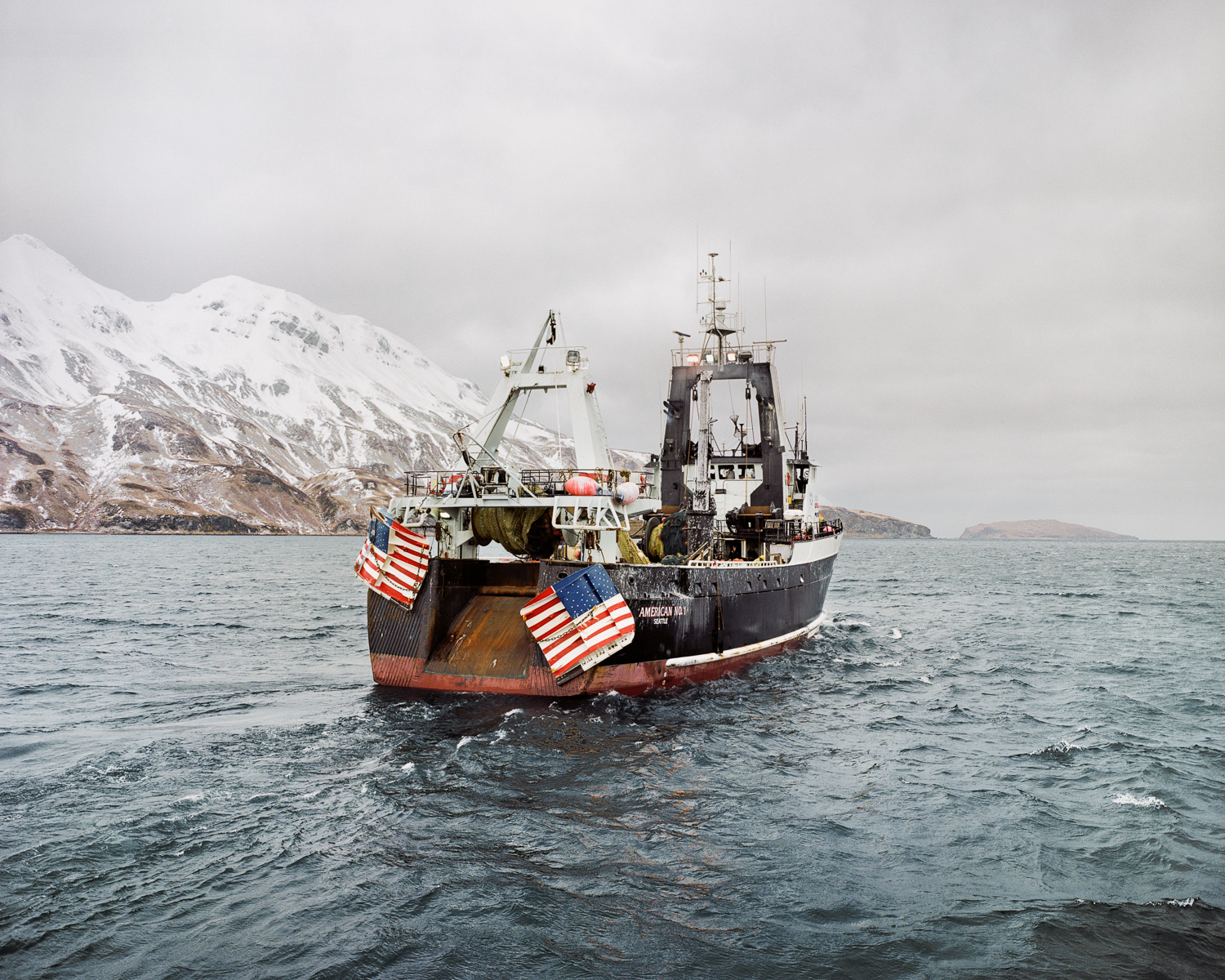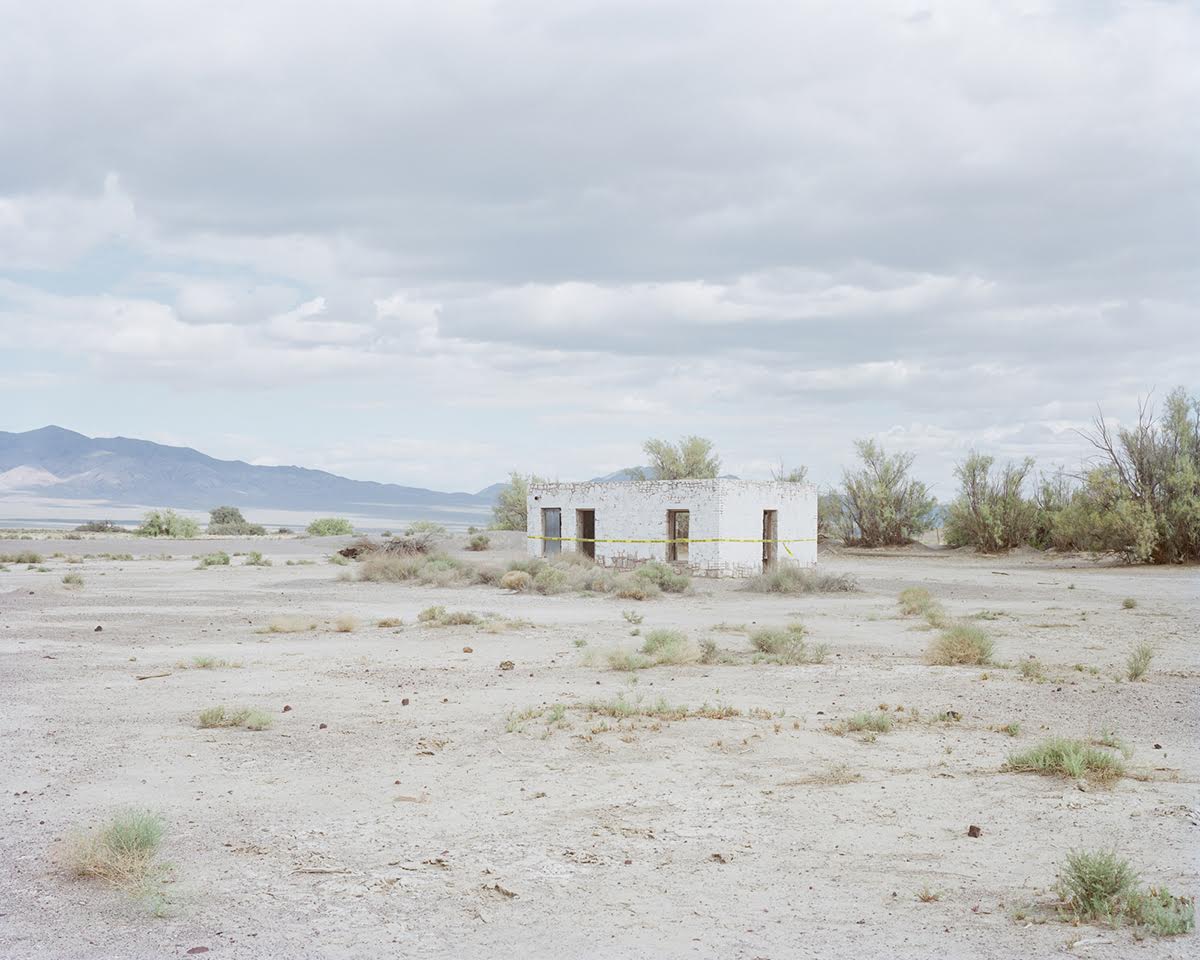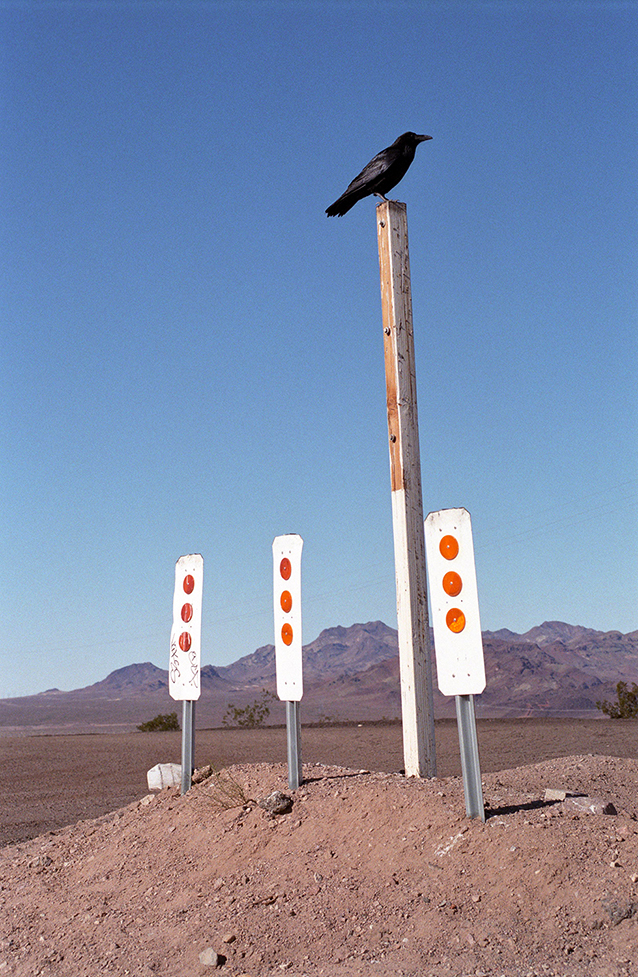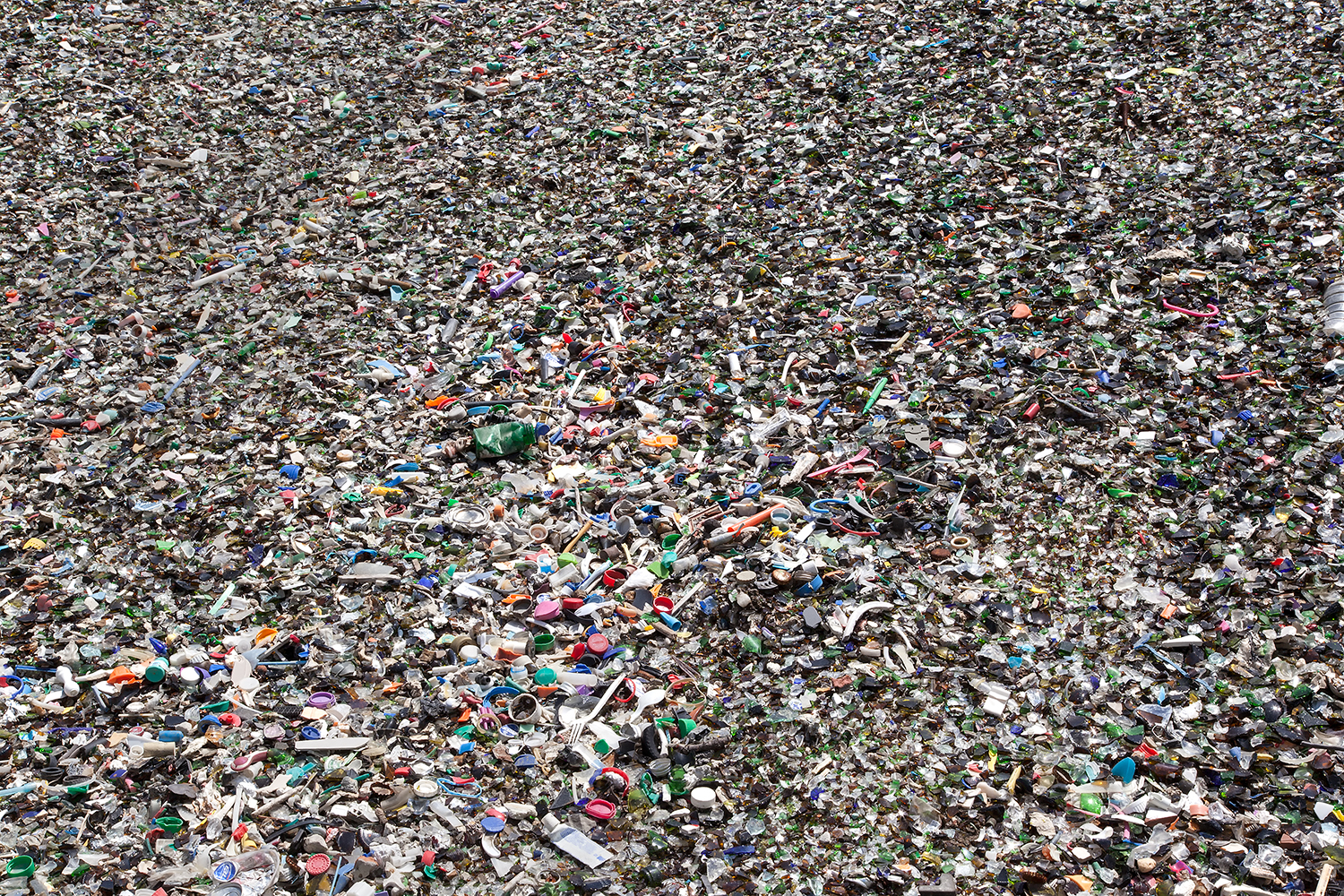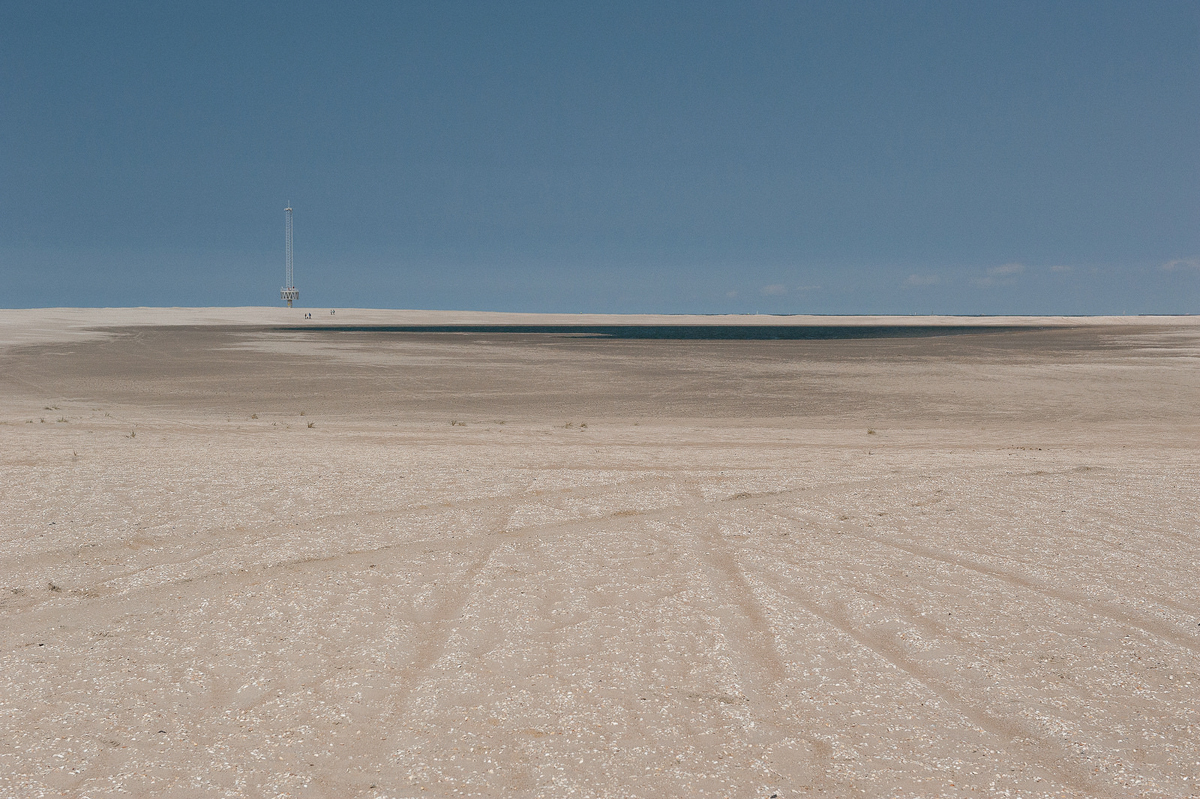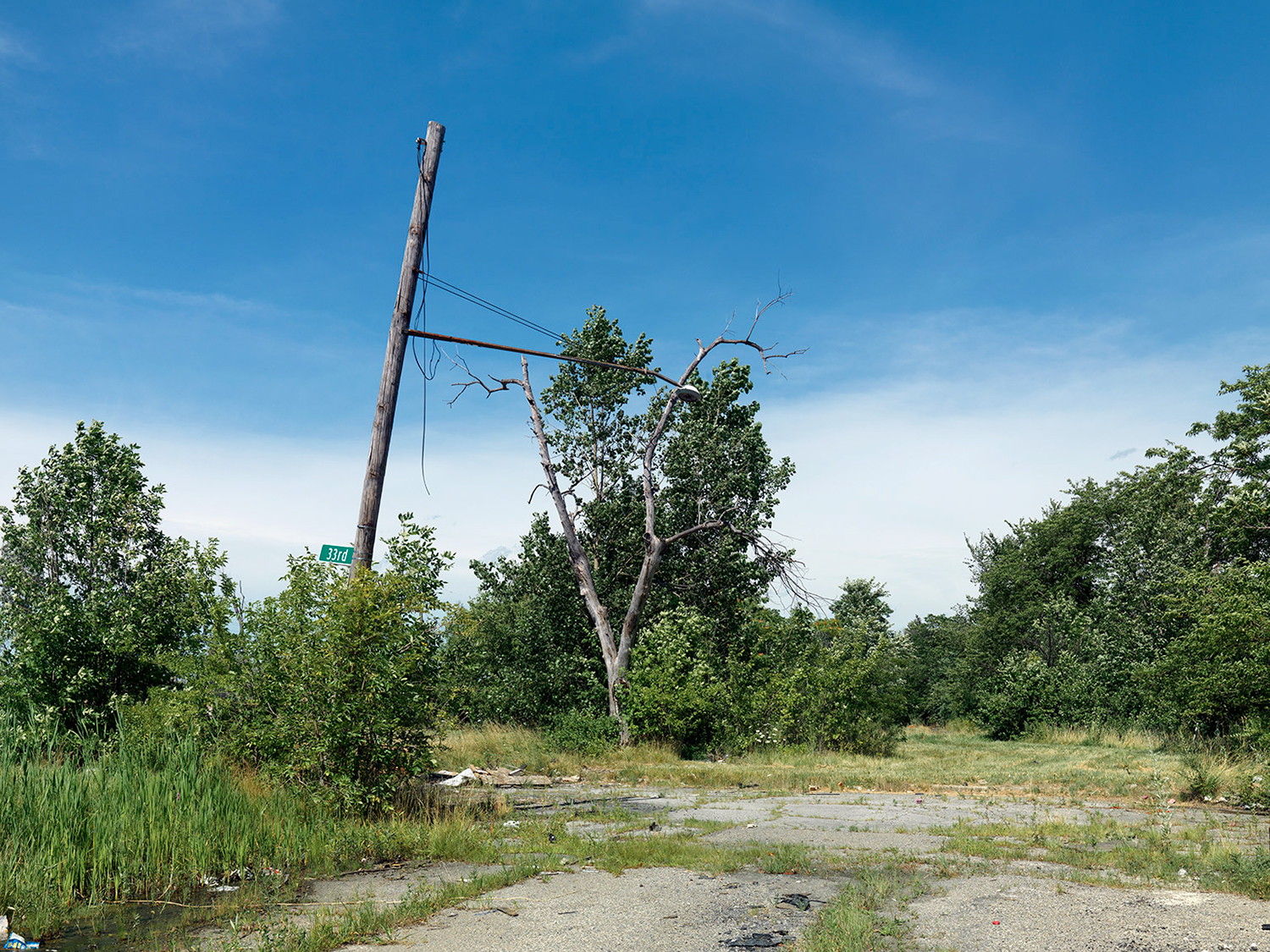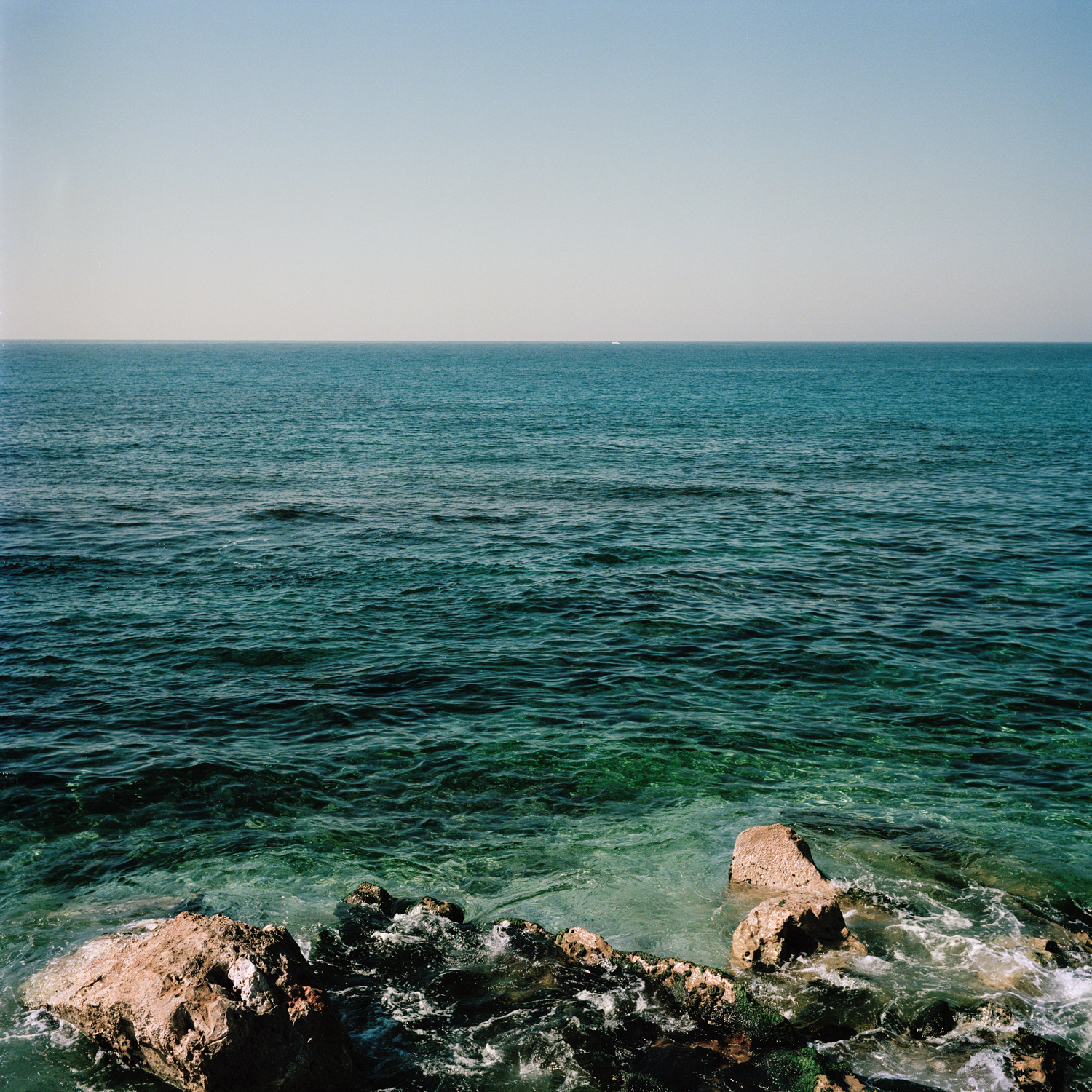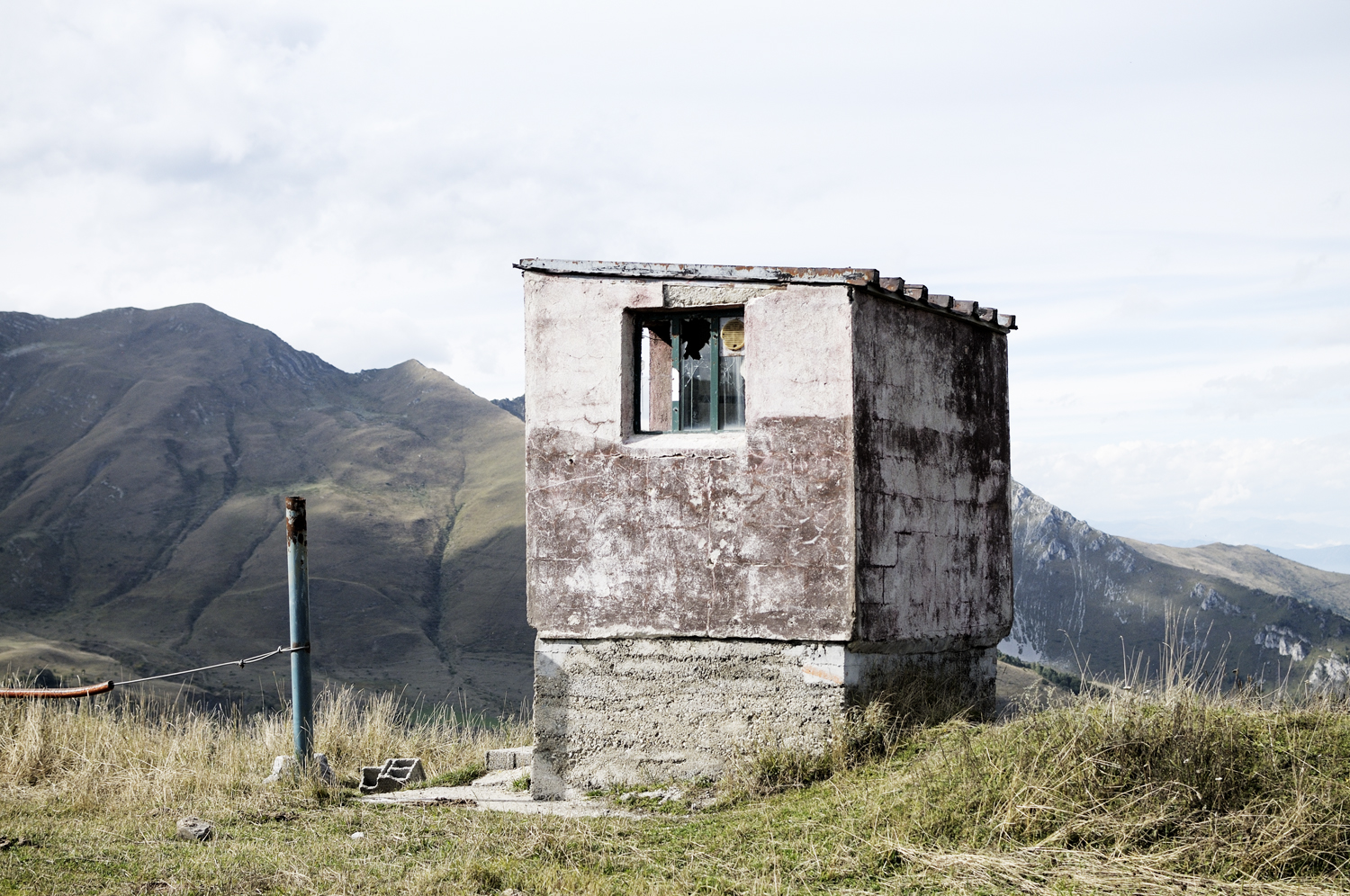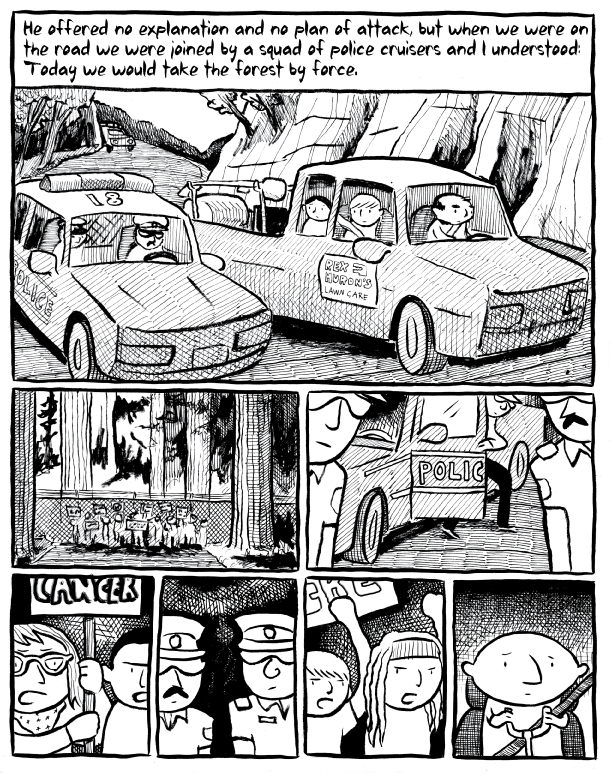Written By: Ryan Nemeth
In a recent LA Times Op-Ed, NASA scientist, Jay Famiglietti estimated that California has only one year of water left in its reservoirs (Sneed, 2015). I have to admit that I was a little shocked when I learned just how dire the California drought has made the water situation in the Golden State. For me, the truth around water consumption is that humans are not good at rationing and protecting resources they cannot see. Water is an interesting renewable resource as we humans tend to believe that our access to H2O is limitless. Thus, we expect to turn on the spigot and see water. The problem being is that our consumption never really correlates with an ability to monitor and manage personal water reserves. Therefore, shared and invisible resources such as H2O makes the task and personal responsibility associated with resource management that much more complicated.
The fact is that we are currently weathering a huge Western drought and the scope of the problem and conversation around water should not be limited to just California. With snow packs in the West at their lowest levels in 100 years, it makes the conversation about solutions to overcome water scarcity issues very real. Beyond California, the Colorado River Basin is the main water supply and lifeline of the Southwest. A new study by NASA and University of California Irvine scientists, finds more than 75 percent of the water loss in the drought-stricken Colorado River Basin since late 2004 came from underground resources. The extent of groundwater loss may pose a greater threat to the water supply of the Western United States than previously thought (Rasmussen, 2014).
According to the U.S. Bureau of Reclamation, the federal water management agency, the basin has been suffering from prolonged, severe drought since 2000 and has experienced the driest 14-year period in the last hundred years. Monthly measurements in the change of water mass from December 2004 to November 2013 revealed the basin lost nearly 53 million acre feet (65 cubic kilometers) of freshwater. That's almost double the volume of the nation's largest reservoir, Nevada's Lake Mead (Rasmussen, 2014). This puts large metropolitan areas serviced by the Colorado river system like Los Angeles, Phoenix and Las Vegas at extreme risk for water related issues in the very near future.
Lake Mead’s elevation is currently just 1,087 feet above sea level and dropping steadily. Another 12 feet and the most severe drought-protection program the Southwest has ever seen will be triggered. If and when Lake Mead hits 1,075 feet, the government will declare a federal water shortage for the seven states that draw water from the Colorado River, forcing Nevada and the others to limit water use. Worse, a report by climate scientists and NASA predicts the Southwest will be in a decades-long drought by mid-century, the worst in 1,000 years. Despite the sobering predictions, former Las Vegas water czar Pat Mulroy is confident life will go on in the West (Phillips, 2014). I tend to agree with Mrs. Mulroy, but I also believe that life will have go on in a very different way, kiss your yards and golf courses goodbye!
We must be aware of the fact that Americans’ water footprint per person is larger than any other country in the world. To identify solutions to the problem, it is imperative to understand how water is consumed here in the States. Given the fact that each of us on average consumes more than the rest of the globe, most people are not aware that the personal consumption of water only accounts for 10 percent of our total fresh water consumption in the U.S (IFAD, 2015). This statistic is usually a shocking fact for most Americans. Many Americans believe that water conservation efforts should be focused on reducing the personal consumption of water. Thus, most of us would tend to think that 2-minute showers, low-flow toilets, efficient household appliances, and xeriscaping are the solutions to our H20 problems. These variables are definitely a part of the solution, but the statistics noted below show that the bigger problem lies in H2O consumption associated with our food and Agro-Industrial systems.
Roughly seventy to eighty percent of fresh water is currently used for commercial and agricultural needs and another ten percent for industrial use. Combined, the total commercial and industrial use of H20 accounts for roughly 90 percent of our total water consumption in the United States (IFAD, 2015). Without a doubt the bulk of our fresh water is diverted to irrigation systems in order grow crops. Thus, conversations about where and how we grow our food seem to be the conversations that may have the most potential to shape our current water conservation efforts. What makes this conversation particularly difficult in the Golden State is the fact that California grows roughly 50% of our fruits, vegetables, and nuts in the United States. Thus, California leads in water consumption for farming with 24.4 billion gallons consumed a day, one-fifth of all irrigation water in the U.S. (Fishman, 2015). This number eludes to the problem that the Central Valley is an inhospitable environment for many of the water-intensive crops that are grown there. In fact, it is suggested that not much would grow in the Central Valley without irrigation systems. This really begs the question, should we be building large Agro-Industrial food complexes in areas of our country that require huge fresh water diversions? Both economics and national security interests would probably suggest that this is not the best idea in the world.
On a positive note, the United States uses less water as a nation than it did in 1980, when total use was 440 billion gallons a day. In the last 30 years, the U.S. has more than doubled its GDP, and added 70 million new citizens while reducing total our water use. In economic terms, we use less water to produce an economy of $13 trillion than we did to produce an economy of $6 trillion, this is dramatic progress. Most of it comes in efficiency from power generation and farming. Farmers, overall, use 15% less water than they did in 1980, but produce 70% more food. That's a total increase in farm-water-productivity of almost 100% and this is huge (Fishman, 2015)! For me, the supply side solution to our problem lies in innovation and new technology that will increase water cycle efficiencies in agriculture and industry. Thus, I believe that we need to increase subsidies and economic incentives to encourage water and irrigation innovation. Doing so effectively would increase the supply of fresh water available for irrigation and commercial production. Clearly there are expensive ways like desalinization to increase our water supply, but what I am suggesting is increased efficiency as part of the solution rather than to try and exclusively rely on methods for increasing our water supply. We must also confront the demand-side of this issue, thus, we must also find constructive ways to reduce our water footprint and to discourage waste and inefficient demand in the system. I believe that both supply-side and demand-side conservation will ultimately be a part of the solution to H20 scarcity, but we must begin to target intensive use areas like agriculture if we have any hopes of solving the larger problem.
References:
- Alley, R. (2000). Ice-core evidence of abrupt climate changes. PNAS vol. 97 no. 4 pgs. 1331–1334, doi: 10.1073. Retrieved from: http://www.pnas.org/content/97/4/1331.full#ref-list-1.
- Fishman, C. (2015). The big thirst: the secret revolution in U.S. water use. Fastcompany.com. Retrieved from: http://www.fastcompany.com/1748537/big-thirst-secret-revolution-us-water-use.
- IFAD, No author. (2015). Water facts and figures. Retrieved from: http://www.ifad.org/english/water/key.htm.
- Phillips, A. (2015). Water experts discuss actions Southern Nevada has taken and what we should plan for. Lasvegassun.com. Retrieved from: http://lasvegassun.com/news/2015/mar/22/water-expert/.
- Rasmussen, C. (2014). Parched West is using up underground water. NASA Jet Propulsion Laboratory, CIT. Retrieved from: http://www.jpl.nasa.gov/news/news.php?release=2014-242
- Sneed, A. (2015). California is about to run out of water, we have to act now. Wired. Retrieved from: http://www.wired.com/2015/03/californias-run-water-act-now/.

